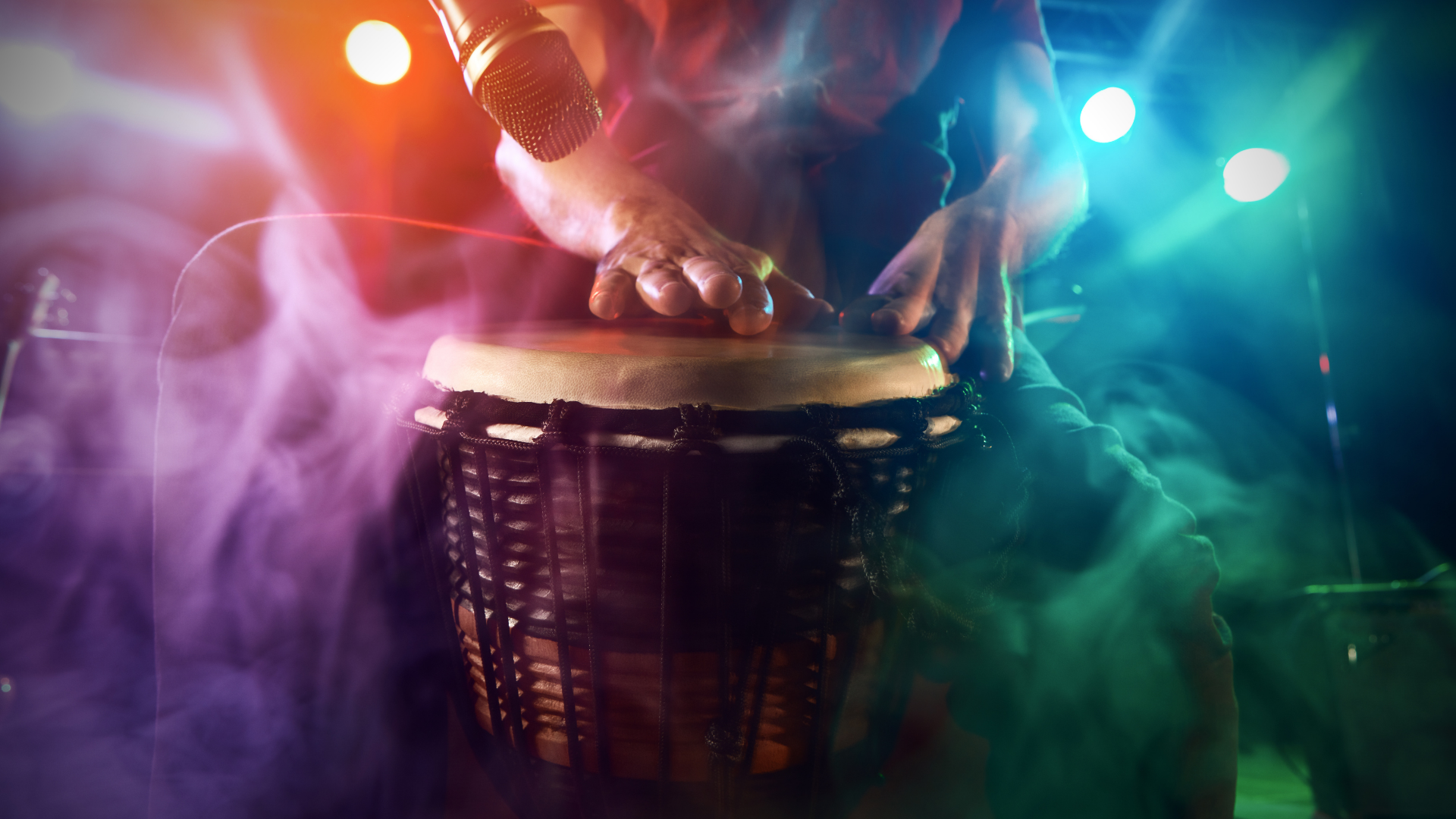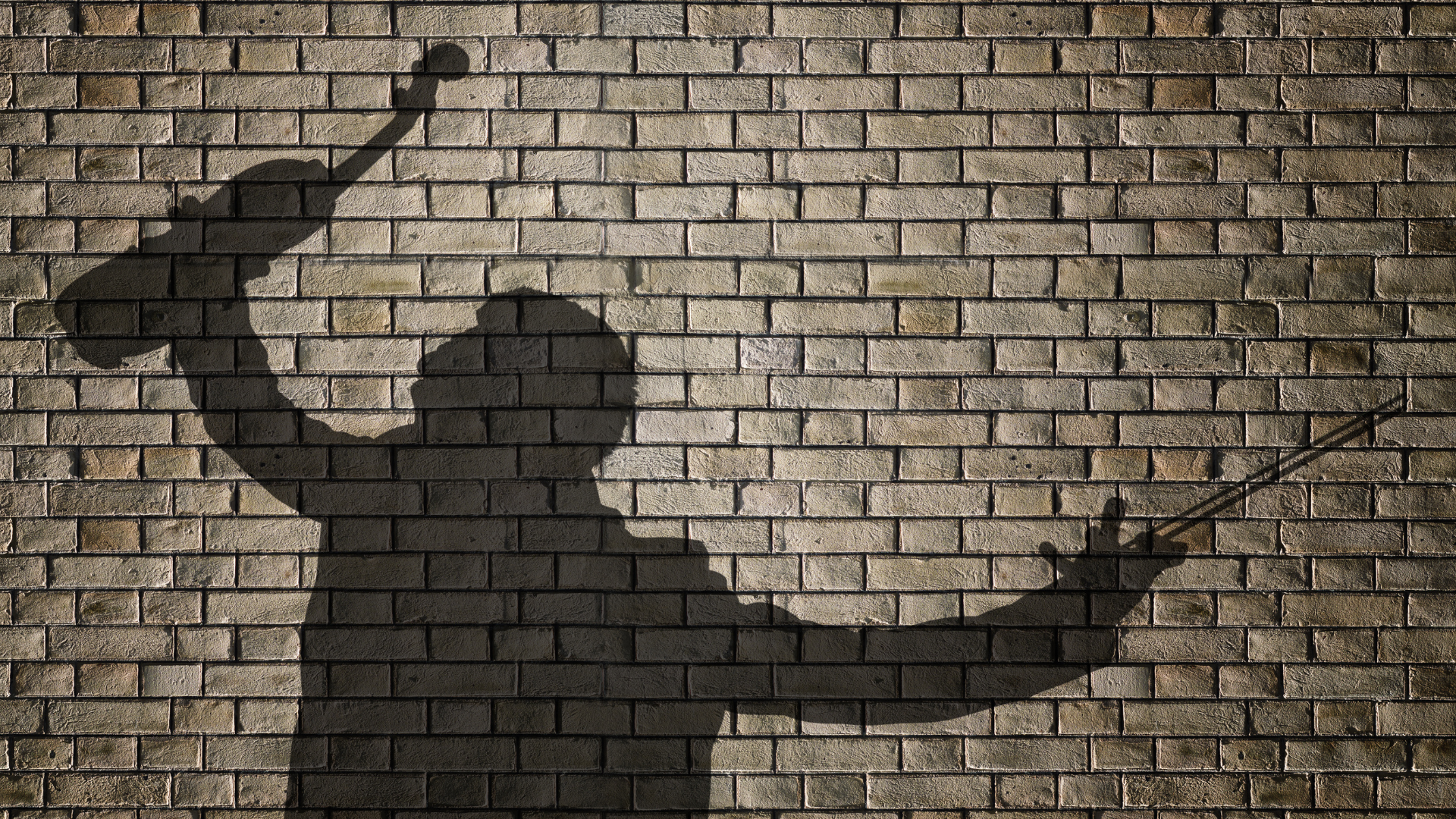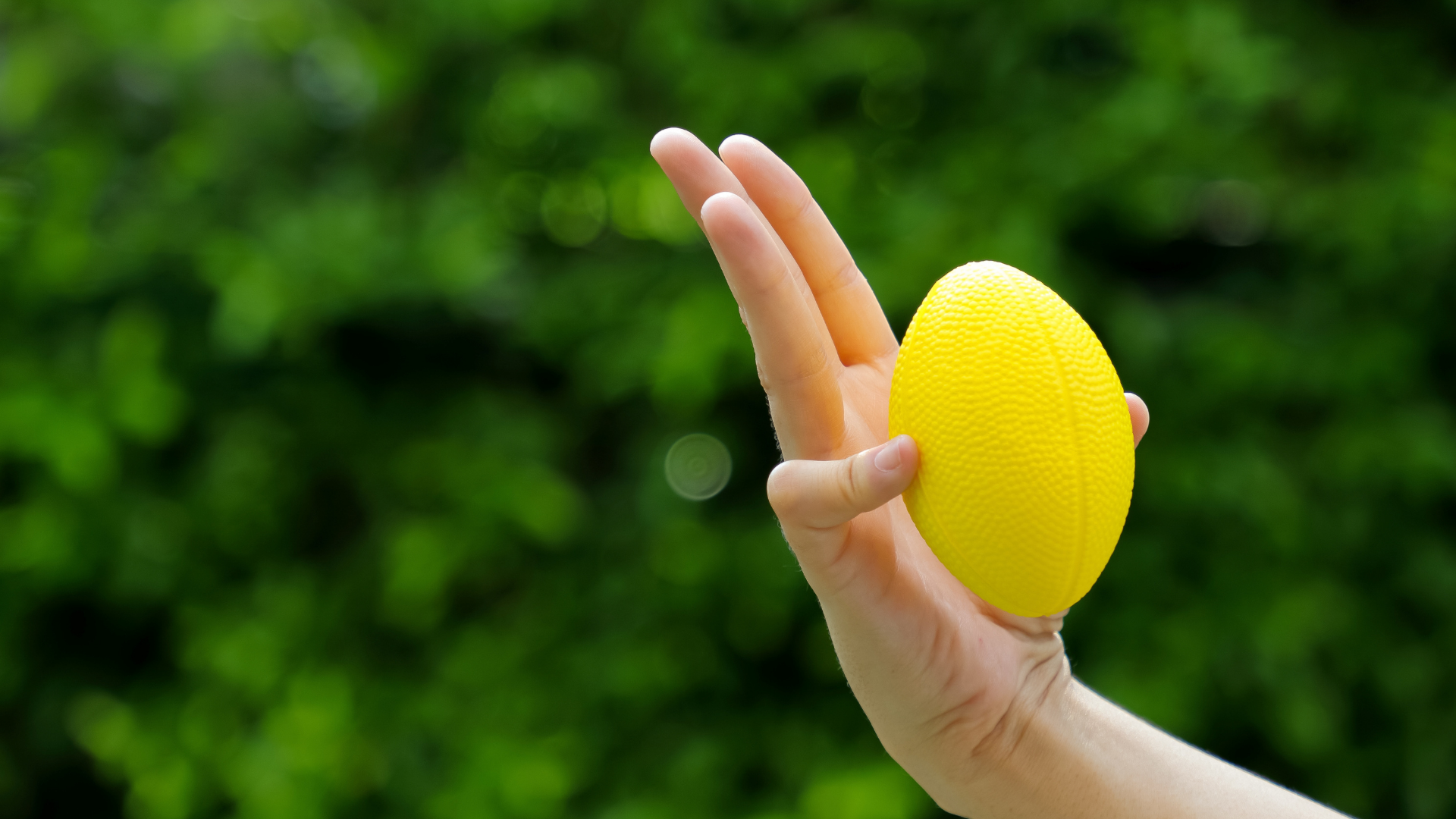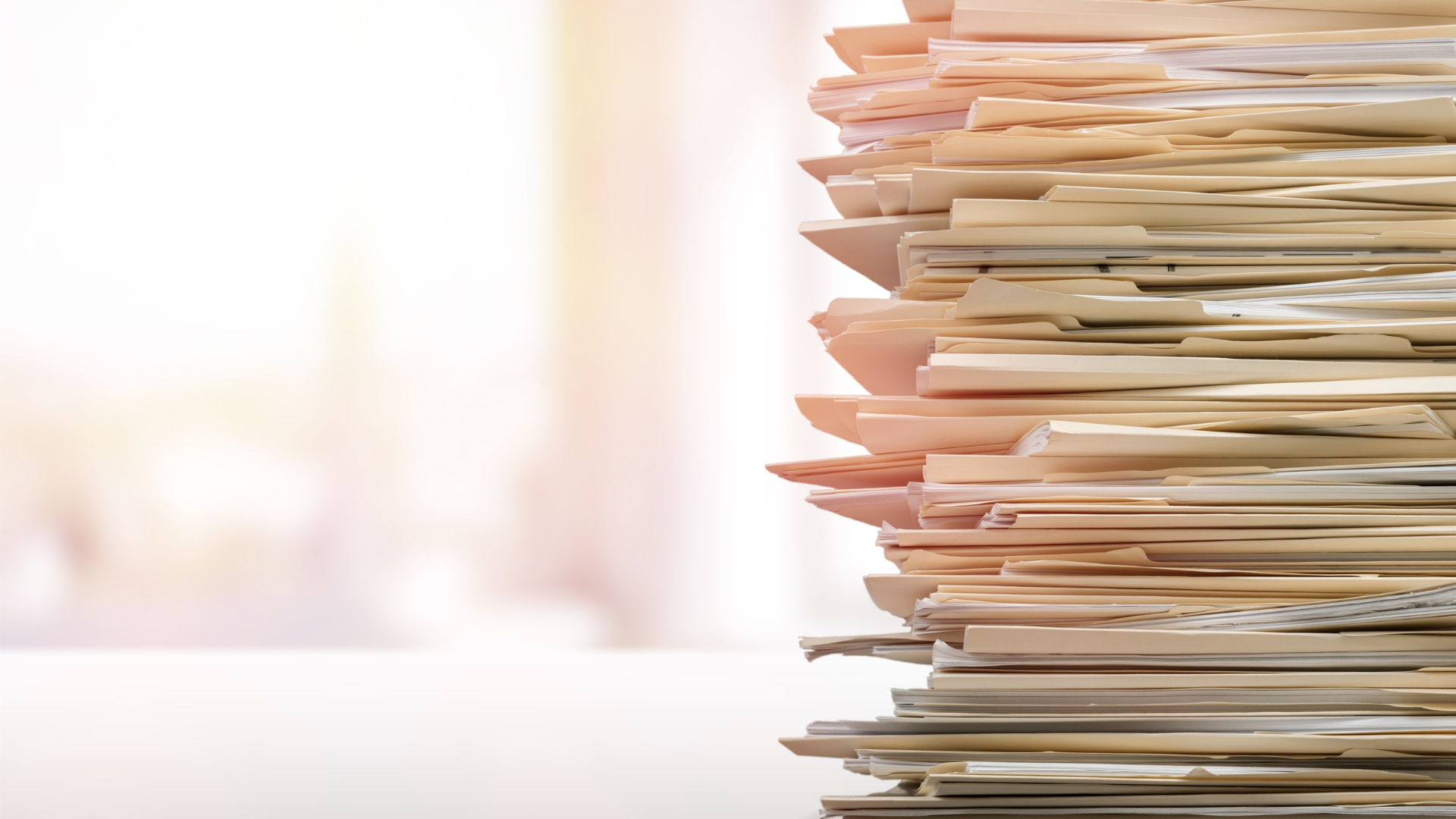Get ready to play the Rumbango by practising these rumbangolicious arpeggio exercises. Feel the groove of the syncopated rhythms and irregular beats!

Get ready to play the Rumbango by practising these rumbangolicious arpeggio exercises. Feel the groove of the syncopated rhythms and irregular beats!

This study is jam-packed full of violinistic nutrients … scales, arpeggios and lots of string crossings! And, there are 72 bowing and rhythm patterns to choose from!
Make sure there’s nothing makeshift about the way you make shifts! Glide smoothly between 1st and 3rd position on each string, landing perfectly in tune every time!

The tide rises ever so slowly as you move up and up the chromatic scale to 3rd position on each string. Remember, a rising tide lifts all notes!!

Take a deep deep dive, descending chromatically in semitones (half steps) and then make sure you come back up for air! Oh, and don’t get eaten by any sharps!

Flex your pinky with this set of 4th finger exercises! Make sure it lands perfectly in tune every time, don’t let the other fingers lead you astray … naughty things!

Time for some pinky power! Get your 4th finger in tip-top shape - strong and sturdy, supple and sprightly - with this super set of workouts!

Who will win in this game of two halves … the lower half or the upper half of the bow?! Each half is competing to be the most exact and the most pleasing to the ear!

Are you a major or a minor? A perfect or an augmented? Find out if opposites really do attract in this excellent exercise … a great way to improve your intonation!

It’s always worth getting a second opinions! Hopefully, 2nd position doesn’t disagree with 1st position too much! The aim of these exercises is to achieve consensus!

Make 2nd position a winning position with this series of broken chord exercises in C, F, and Bb major. Every note needs to be in tune to win the trophy! Good luck!

Wait a second, take a moment, and make sure you’ve got the right fingers on the right notes in these soothing 2nd position exercises. Time well spent … every second!

Creep up the chromatic scale and watch out as the note patterns change from one bar to the next! The more careful you are, the less likely you’ll be to get caught!

Go to the Next Level as you play a series of eight different arpeggio patterns in A major and A minor, starting with one octave … then two … then three!

Each finger experiences the highs and lows of first position in this super-useful exercise! Listen really carefully to make sure you don’t go too high, or too low!

Practise lots and lots of different combinations of tones (whole steps) and semitones (half steps) to create some fabulously evocative patterns!

Juuuuuuump! You’ll need really agile, accurate shifting and string crossing for this exercise. If you miss, the Lazy Dog could very quickly become an Angry Dog!

There’s lots and lots of double stopping in lots and lots of different keys in these exercises … so much so, you’ll probably need to do a few double takes!

Drill those scales with these punishing exercises! Get the metronome going and then lift and drop the fingers with energy and precision of timing and tuning.
Adolf Grünwald’s scale-based Study No. 18 in D major is a great workout for the fingers, helping to develop dexterity of movement and accuracy of placement.

Greetings! A warm welcome to The Bureau of B-flat major … a key department of major importance in which everything operates perfectly efficiently! Honest!!

Time to go on some enlivening excursions in the key of Eb major. Practise the different note and bowing patterns to become familiar with the 1 octave Eb major scale.

Move up and down in half steps (semitones) on each string to play part of the chromatic scale. Making sure everything is nice and smooth and nicely in tune!

Leap acrobatically up and down the chromatic scale, checking each note in relation to the open string to make sure you are jumping exactly the right distance!

These arpeggios are audacious indeed as they move between different major and minor keys. Keep the string crossings nice and smooth and watch out for the accidentals!
